Challenger - ZMOD4510 - Outdoor Air Quality Sensor
Hello element14 Family,
If you've been reading my blogs, you know that I'm excited to put the personal AQI and noise exposure monitor's reporting/dashboard portion into practice. I also had a look at the Feather M0 LoRa board I had lying around and how to link it to the The Things Network in order to have continuous reporting.
.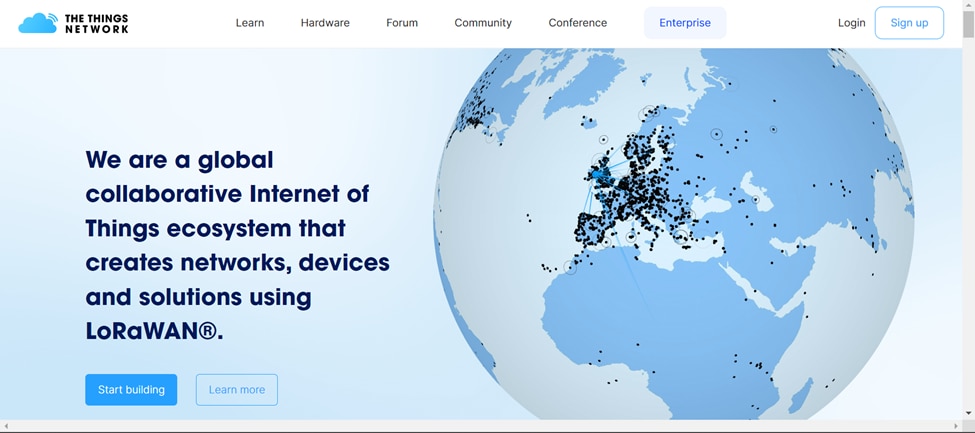
The Things Network Local Community can really enable this use case because it has adequate coverage in the area of the city where I am now based.
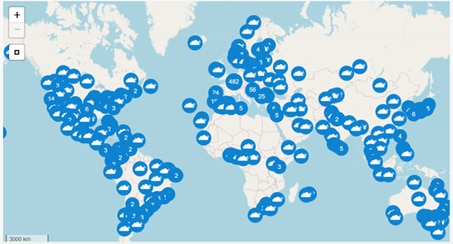
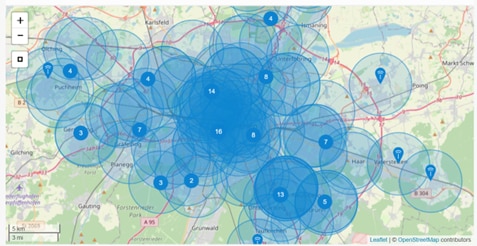
Although the Adafruit Guide, Using LoraWAN and The Things Network with Feather is deprecated, utilizing the LMIC node (supported boards) for TTN v3 involves manually wiring DIO1 to GPIO6, which I won't be able to get to do this weekend (access to the soldering work station and the works).
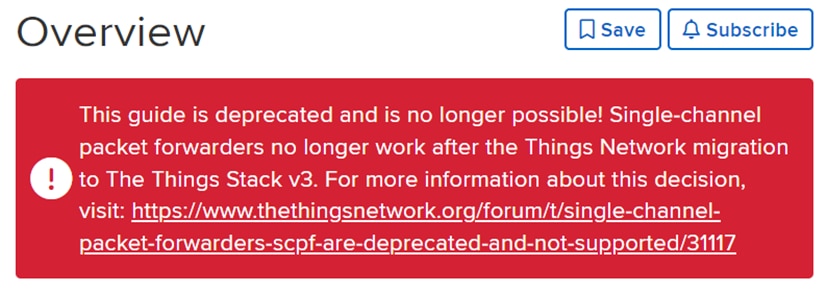

Therefore, let me explore the possibility of establishing a connection to the cloud using the Feather M0 WiFi module already integrated into the solution as described in the previous blog. I came across a handy guide, Connect Adafruit Feather M0 WiFi to Azure IoT Hub, which uses an example BME280 sensor that I can use as a starting point.
For me to put up a project for the design challenge, Azure for Students has a decent offer available:
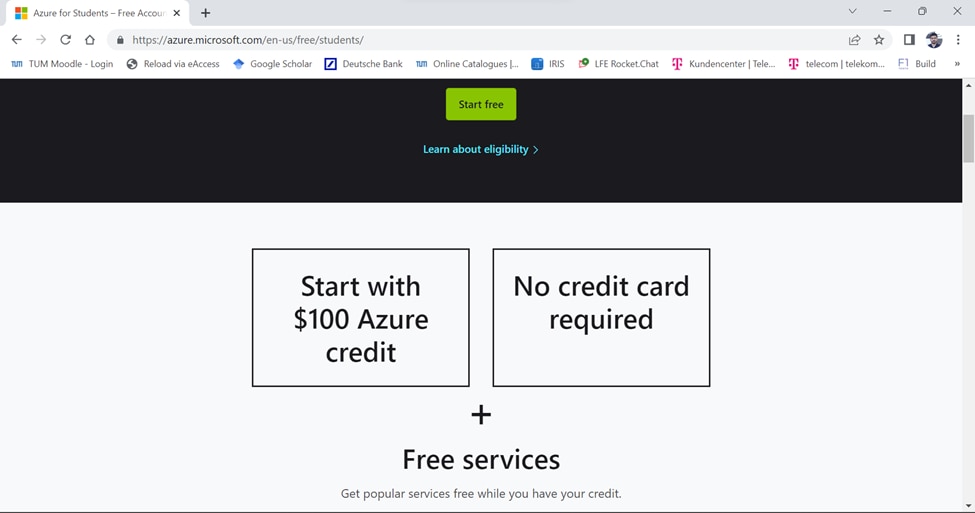
Although, they did require a credit card to “verify my identity”

On the Azure Portal, I had to create a new resource:

and scroll down to select the Internet of Things category and create a new IoT Hub:
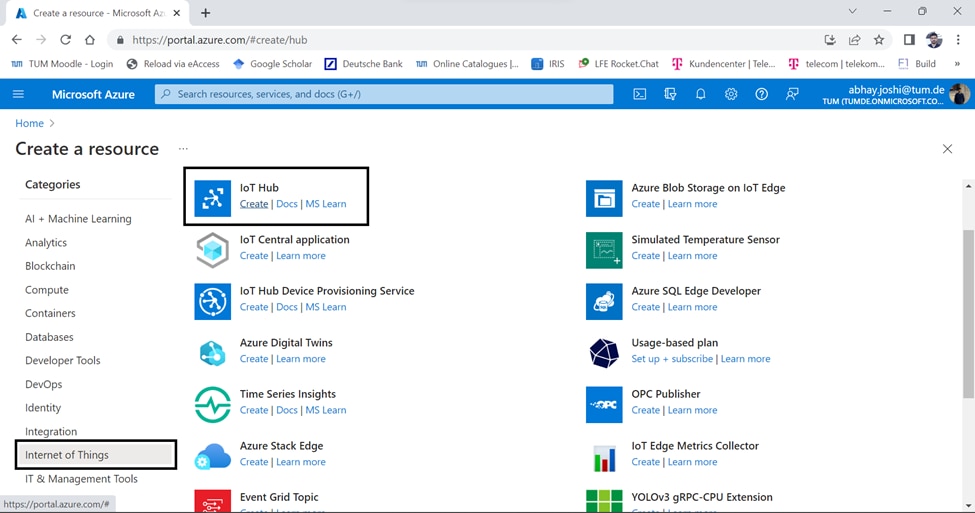
Let's name the resource group as Summer of Sensors and put the free subscription to good use!
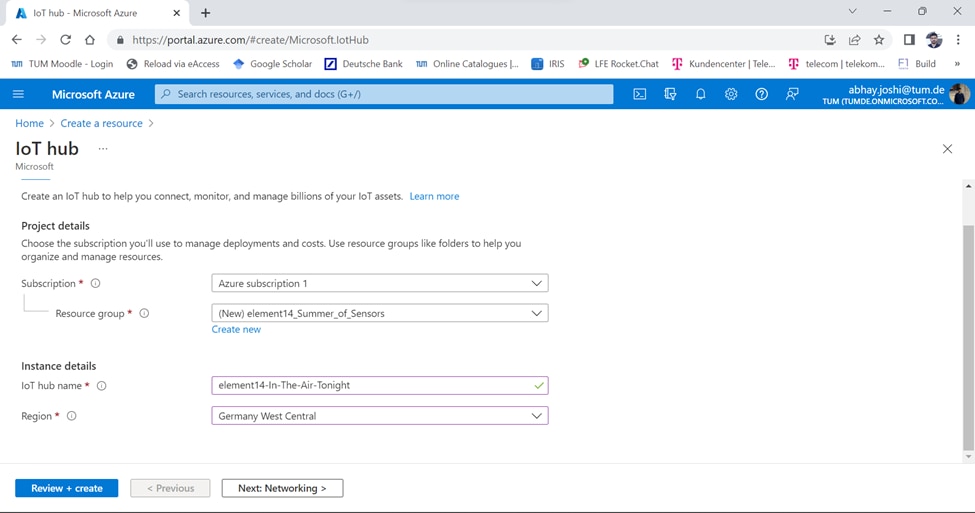
and the deployment is in progress…
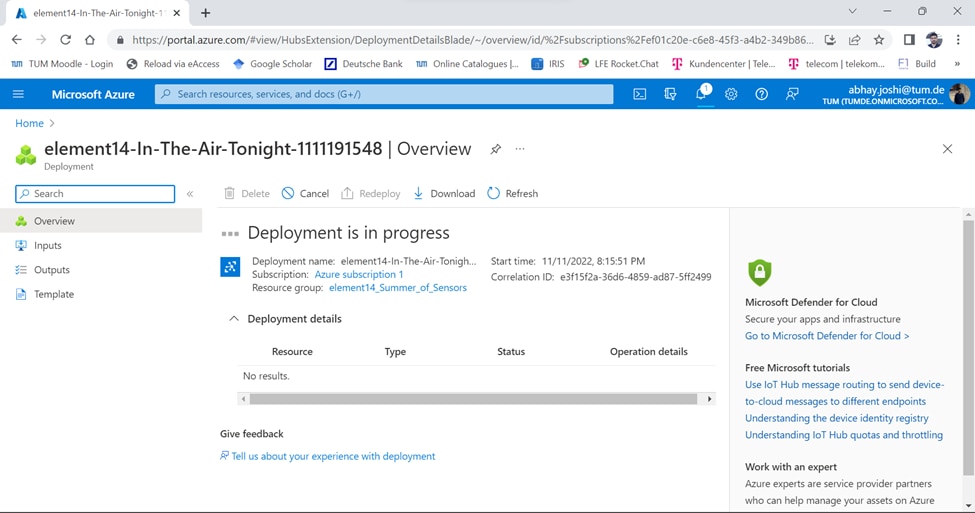
and it is completed!
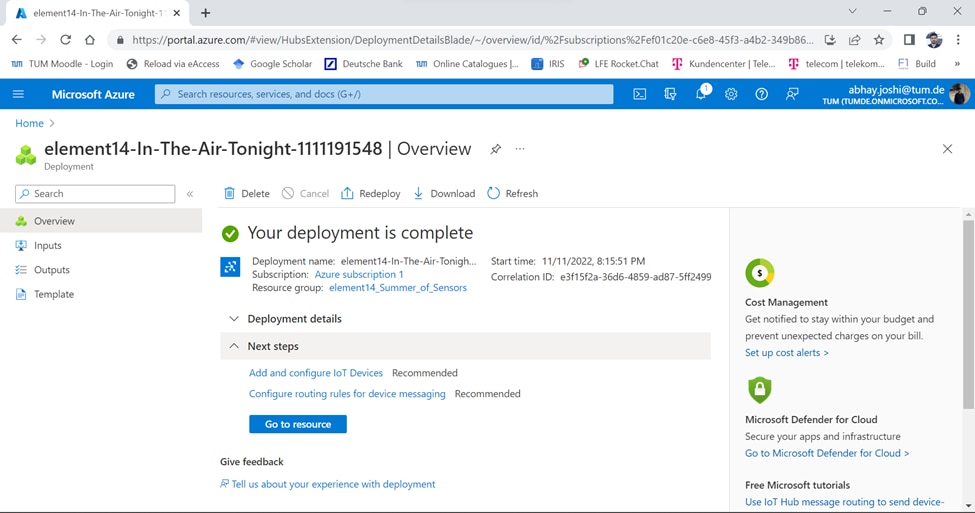
Now, let’s get back to the client side and install the following libraries:
- Adafruit_WINC1500
- RTCZero
- NTPClient
- AzureIoTHub
- AzureIoTUtility
- AzureIoTProtocol_HTTP
- ArduinoJson
Unfortunately, I was unable to locate the library for Azure IoT Hub, although I found the Azure SDK for C – and tried to look at the examples:
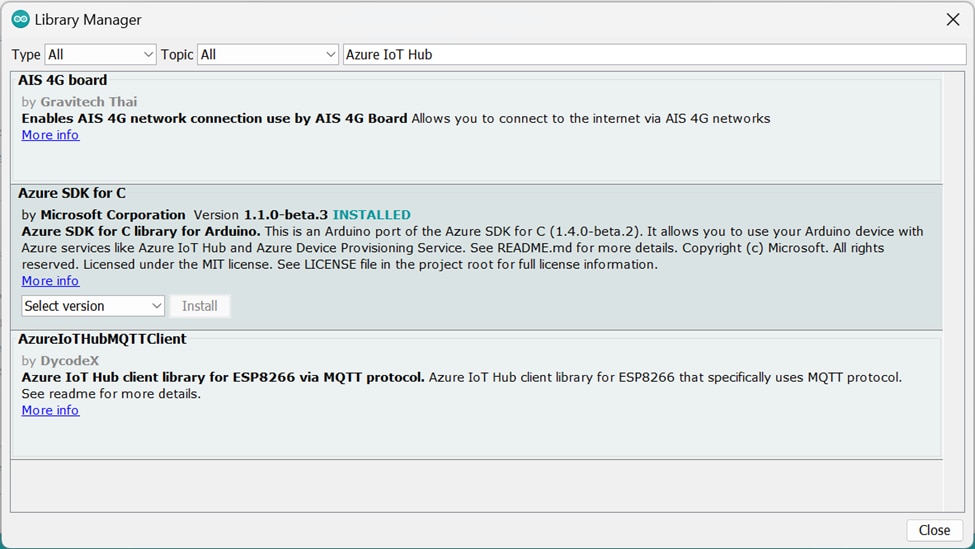
which seem to be oriented towards the ESP32 modules:
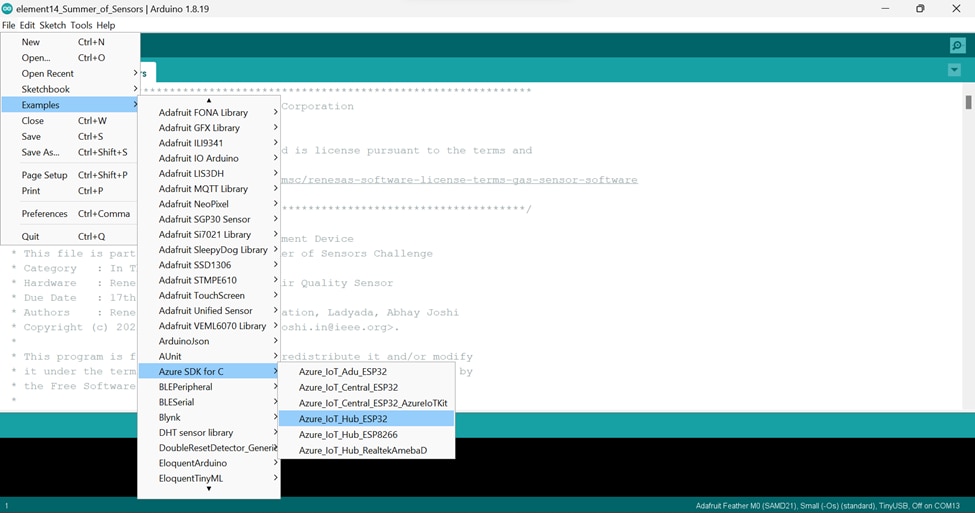
The sample app does use the libraries mentioned and I would have to spend a bit of time trying to see if there are any other starting points available:
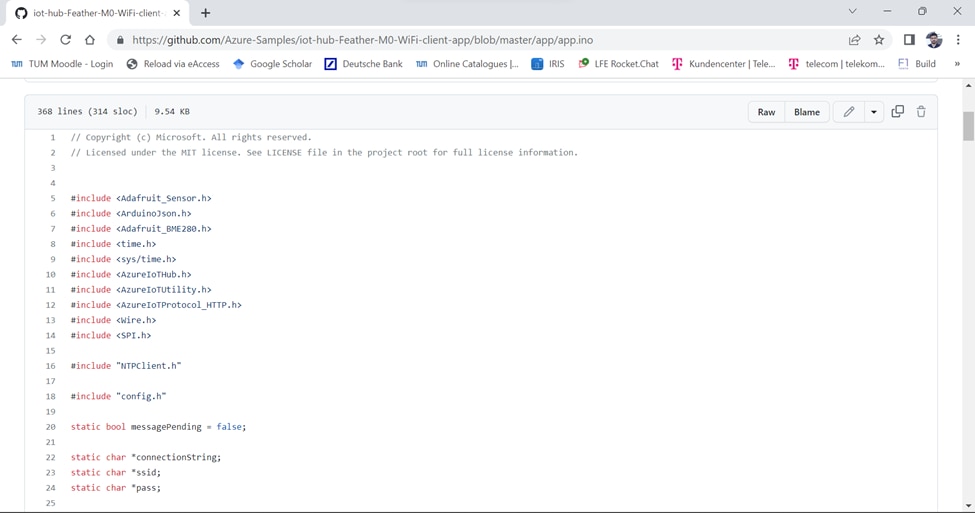
But, just by happenstance, I stumbled across Blynk IoT Platform!
